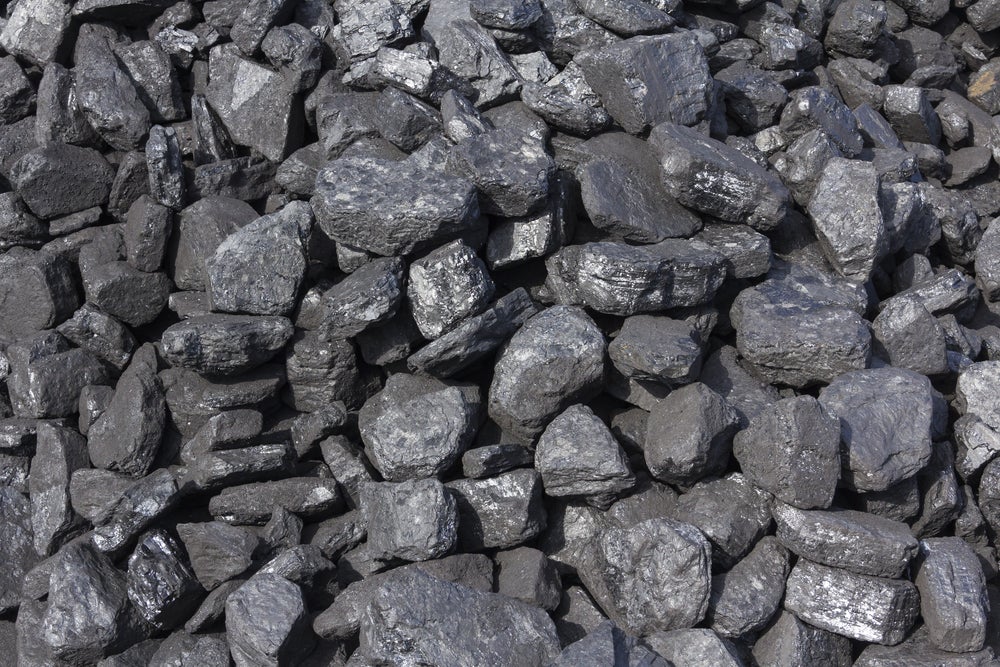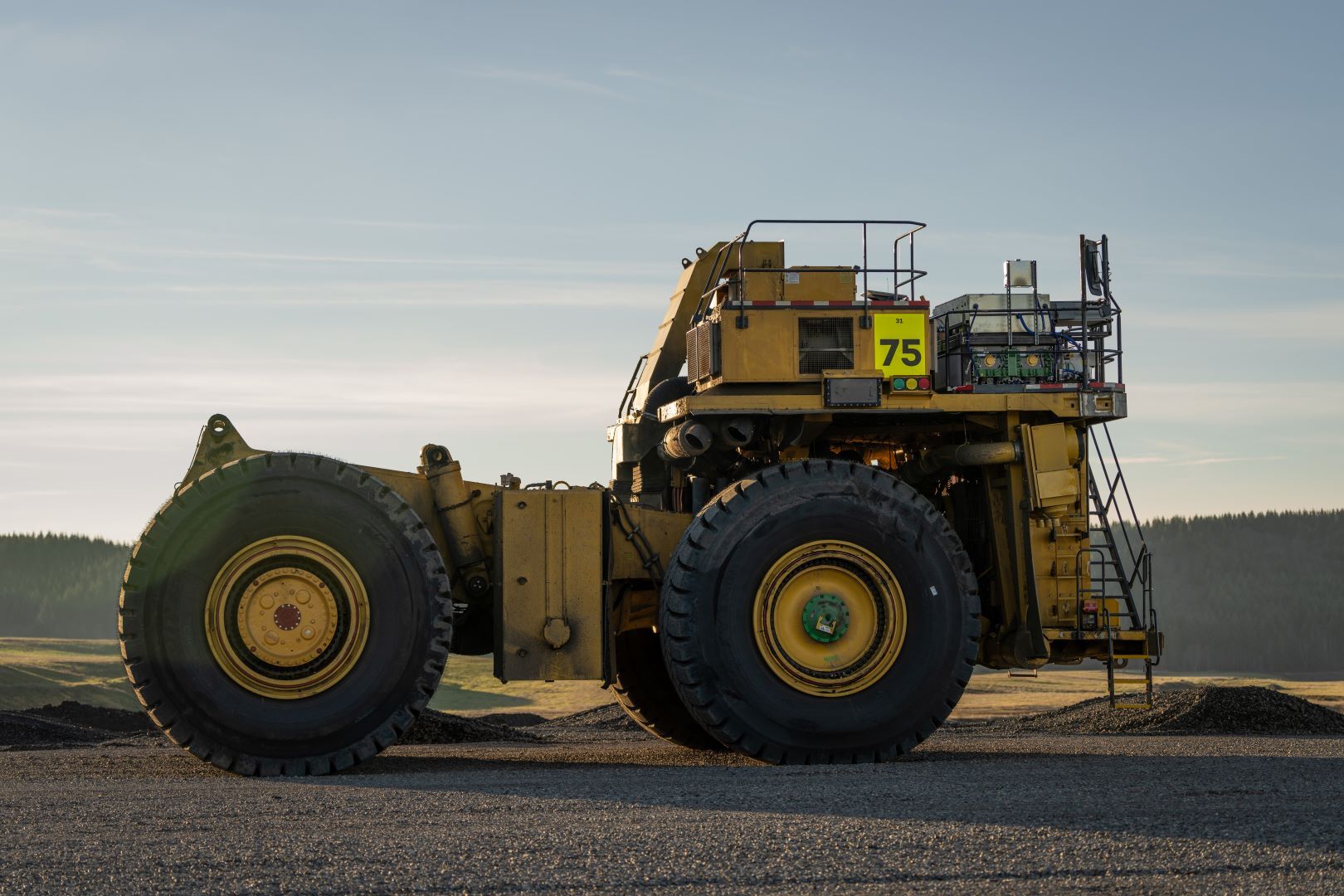
The 2025 target date set for the closure of the UK’s remaining coal-fired power stations is under threat on a number of fronts. The target was announced to great fanfare by the government a decade earlier in November 2015, but Russia’s invasion of Ukraine and a succession of severe cold snaps in the UK this winter have combined to expose the fragility of the UK’s grid system.
There are currently just three active coal-fired power stations operating in the UK: Ratcliffe-on-Soar Power Station, West Burton and Kilroot power station, with a total generating capacity of 3.52GW. This is out of 14 coal-fired power stations in 2015, a significant decline, but one that has not yet completely removed coal from the UK power landscape.
Speaking at the Energy Institute’s late February to early March ‘IP Week’, Mike Hemsley, deputy director at the Energy Transitions Commission, drew attention to the difficulties of implementing the transition from fossil fuels to renewables, saying: “The UK grid was originally designed to transmit ‘coal by wire’. It is now faced with urgently having to bolt on renewables.”
With UK coal operators enduring, many are taking steps to improve both their operational efficiency and their reputation, looking to position coal as a reliable form of power, amidst the uncertainty of renewables, and one that is eager to invest in technologies such as cloud storage and computing. The question remains, however, as to whether these cloud technologies can help coal achieve a level of sustainability.
‘Stay of execution’
It is increasingly clear that there is likely to be a stay of execution for these three remaining power stations. In February, the UK energy secretary, Grant Shapps, announced he was seeking to delay the closure of two emergency back-up coal-fired power plants for another year, just a month before they were due to close.
The announcement came in the wake of a period of high demand and shortfall of power to the grid, when temperatures plummeted to -8oC and wind levels dropped, leaving wind turbines standing idle. For two days in a row this January, the UK National Grid was forced to put three coal-fired power generators on standby amid fears a backup supply of fuel would be needed.
Similar measures are taking place across Europe; with no end in sight to the war in Ukraine, and the real possibility of winter power shortages becoming a regular occurrence on the continent, it is no surprise that governments are in no hurry to close down the last of their coal-fired power stations.
However, it is not just this short-term reliance on coal-fired power generation that has raised concerns about the environmental impacts of Europe’s power mix. There is also the prospect of a return to coal mining in the UK after decades in decline.
Last December, the government approved the West Cumbria Mining Project, the UK’s first new coal mine in three decades. Michael Gove, secretary of state for leveling up, housing and communities, said the decision is driven by the fact that he is “satisfied that there is currently a UK and European market for the coal.”
Buoyed by rising demand there is now a renewed sense of optimism within the global coal industry. In its end-year report, the International Energy Agency (IEA) said that global coal consumption rose to an all-time high of more than eight billion tonnes for 2022. This rise of 1.2% is the highest in almost a decade and matches the annual record reached in 2013.
At a January meeting organised by industry association Euracoal, Carlos Fernández Alvarez, head of the IEA’s division on gas, coal and power markets explained that: “Despite the recent decline in gas prices, until 2025, coal is still more competitive than gas.”
Changing perceptions, embracing cloud
Proponents of coal say that the fossil fuel has come a long way in cleaning up its act since the early days when it made up a significant part of the world’s energy mix. The strides made in AI and cloud computing is allowing the coal industry to get a better handle on harmful emissions, and enabling it to tackle legacy issues from past coal mining activities.
Last year, the UK Coal Authority, which manages the country’s coal industry legacy issues, announced its business plan to 2025, setting out the role of the UK in the global coal industry as the country’s domestic production declines to negligibility. One of the clauses includes an ambitious plan to move 100% of the organisation’s online infrastructure to the cloud by 2050.
A Coal Authority spokesperson says: “Our business plan is ambitious and we need to enable it through customer focused systems and approaches to ensure that we are fit for the future. We hold data on over 170,000 mine entries along with surface and underground mine workings that sit beneath approximately 25% of properties in Great Britain.
“It is important that our mining information systems are simplified and operating in the cloud so that they are resilient, future-proof and flexible to support the needs of our customers and partners.”
In addition, the authority is also moving into the renewables space. It recently installed solar panels at several of its sites and now generates approximately 1.4 GWh of renewable energy every year. It sees mine water heat as its “most exciting opportunity,” with the potential to provide stable, low-carbon generated heat for homes, businesses, industry and agriculture. The first English scheme is online and “at least one more scheme is going ‘spade in the ground’ this year,” it claims.
Repurposing coal assets
This move to decarbonise coal plants by converting them to emissions-free power generation sources is moving ahead apace across the world, and is the logical conclusion of coal’s embrace of new technological and operational innovation. An IEA report recommends that: “Owners, policymakers and other stakeholders should consider ways to convert coal plants into low-carbon assets.”
The group also calls for coal plants to be retrofitted with carbon capture, utilisation and storage technologies to reduce emissions, especially in Asia, “where a young coal fleet and increasing energy demand may make retiring coal plants harder than elsewhere.”
The non-profit company TerraPraxis is making available for free its’ new Evaluate application to help repurpose coal assets across the globe, and consider their nuclear power potential. The product was created in a strategic collaboration with Microsoft and built on Microsoft Azure. It takes advantage of Azure’s computing and AI capabilities to analyze the details of every coal plant in the world to select suitable candidates for small modular nuclear reactors retrofitting. The ‘repowering coal solution’ seeks to accelerate solutions for hard-to-decarbonise sectors, which includes the global fleet of 2,400 coal plants.
However, with the war in Ukraine currently at a standstill and record low northern hemisphere winter temperatures, it is clear that coal-fired power generation is far from being down and out. This is likely to mean that no matter how welcome, from an environmental perspective, repurposing coal assets may be they will, for many years to come, continue to perform their primary function.
“There is a gap [in power generation capacity] that needs to be filled. And with high gas prices, it’s coal filling the gap,” said Fernandes Alvarez. This point was also made by Roger Miesen, CEO at RWE SE, a German power utility, that it would be a rash move to phase out coal power without scaling up an alternative clean electricity generation capacity in parallel to replace it.
This aspect, Miesen added, is often overlooked in the public debate. “When the alternatives are in, coal will leave anyway. But if the alternatives aren’t built quickly enough, the energy transition might simply “not happen,” he warned.


